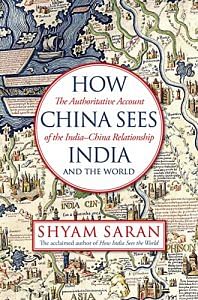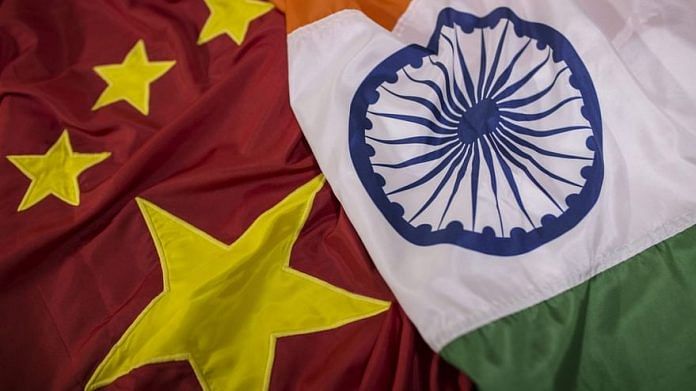It should be apparent that the historical and cultural trajectories of India and China are different, and the particularities of our respective civilizations are only dimly understood by the people of the two countries, including by scholars. The most difficult challenge for India is how to manage the expanding asymmetry of power with China, even while China is also simultaneously shrinking the gap it still suffers vis-à-vis the world’s pre-eminent power, the US.
Here, history serves as a guide.
The eminent historian William McNeill, in his magisterial book The Rise of the West, has described the nature of power: Power, in short, ingests weaker centres of power or stimulates rival centres to strengthen themselves. This fact – and it amounts to no more than a definition of the term “power” – has dominated the whole history of mankind.
Also Read: PLA increasing border threat is China’s way of distracting India from building good Navy
If India must resist being ‘ingested’ by another superior power and emerge as a rival centre of power itself, what is the road it must travel? William McNeill describes the process through which geographical shifts in the distribution of power take place. He points out that ‘any displacement of world leadership must be prefaced by successful borrowing from previously established centres of the highest prevailing skills’. In history, the Romans learnt from the Greeks, and the Arabs from the Persians, Central Asians and Indians; and the Western renaissance in medieval Europe was triggered by the rediscovery of Greek knowledge from translations preserved by the Arabs.
In our own time, we have witnessed how Meiji Japan went about acquiring modern technology from the West before turning itself into an industrial powerhouse in its own right. And now China, as we have seen, has adopted and assimilated knowledge and technology from the West almost like a giant sponge. It has been a good learner and could well be on the road to becoming the most advanced centre of knowledge and technology itself.
Economic history reveals how development proceeds. There is an initial phase of adoption of advanced knowledge and technology, followed by a phase of assimilation or internalization of what has been learnt. The third and final stage is one where enough knowledge capital has been built to enable a country to become a knowledge generator itself. There may be overlaps among these three phases, as we see in India itself, but by and large this trajectory is common to all development experience. India cannot entirely leapfrog these stages. It should position itself to become the recipient of the most advanced knowledge and technology, create an ecosystem that enables swift assimilation and create a pool of highly educated and trained manpower, which may then carry forward the process of assimilation into innovation.
Also Read: 50 yrs ago Nixon’s visit to China changed geopolitics. Now Russia is in the building
Despite the relative decline of the West and the apparent stagnation of the Japanese economy, they remain the most advanced centres of knowledge and innovation. India is fortunate to enjoy benign partnerships with all of them, partly motivated by a shared concern about China’s expanding power. The West and Japan recognize that perhaps India is the only country which has the civilizational heft, area, population, and a significant pool of managerial, technical and entrepreneurial skills to match and even overtake China. They are, therefore, ready to invest in India’s emergence as a top-ranking power.
Geopolitically, India is in a position of advantage to advance its economic prospects, and it will be the task of India’s foreign policy to enable this, and of its economic policymakers to create a congenial space for a large-scale flow of capital and technology into India. It also requires India to work out a growth strategy that will be sustainable in the long term and orient its learning process towards that end. As we shall see, its goal cannot be to become another China.

This excerpt from ‘How China Sees India and the World’ by Shyam Saran has been published with permission from Juggernaut Books.



